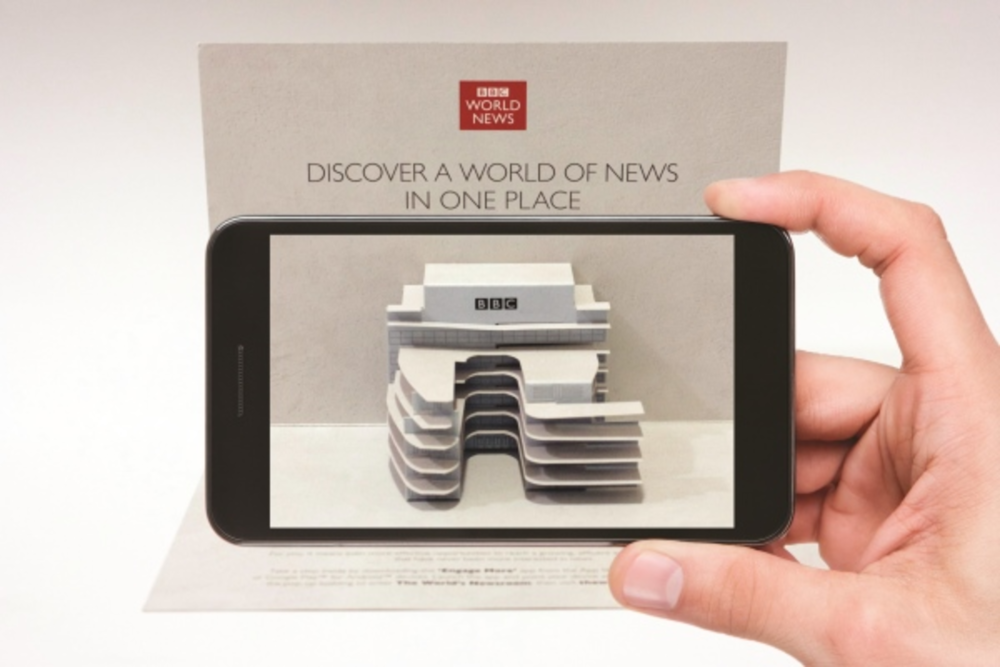As the world’s first national broadcasting organization, the BBC has been producing quality coverage since its founding in 1922. Its news chops and reputation are first-rate—that’s undeniable—but there was a growing feeling that the BCC was a bit stuffy, especially when compared to always-on, digital-centric news organizations like CNN and Al-Jazeera.
“We used to call the BBC ‘Auntie Beeb’ because, just like your auntie, it was always there when you were growing up,” says Mike Shackle, executive creative director at gyro London. “But as much as we love our families, they can get a little uncool or embarrassing—so our goal was to shake that ‘Auntie’ image away and show that the BBC is as good as the rest, if not better.”
When BBC World News consolidated its TV, radio, and online services under one roof and moved to a brand new, purpose-built, modern newsroom in central London last year, its first relocation in more than five decades, the BBC realized it was the perfect opportunity to revitalize its image among top media buyers and global advertisers—the people who the BBC depends on for commercial success.
“We wanted them to reassess their perception of the BBC,” Shackle says. “To see that it wasn’t old-fashioned, but a news channel for the 21st century watched by influential and discerning viewers.”
That’s where gyro London got crafty. To demonstrate how the BBC had reinvented itself for the digital future, the agency decided to give its target audience an in-person tour of the new cutting-edge facilities—by hosting a virtual tour of the space through an interactive, pop-up direct mailer and augmented reality app, dubbed the “Engage More” app, created with help from AR app developer Kudan.
Upon opening the mailer—a three-dimensional model of the BBC’s state-of-the-art facilities at New Broadcasting House in London—recipients were invited to scan the mailer to launch a custom-built augmented reality app that initiated a 360-degree outside view of the building. Users could enter the building by tapping the front door, at which point BBC reporter Komla Dumor would begin to lead a tour of the new studio. After the tour was over, users were directed to theworldsnewsroom.com to learn more about how changes at the BBC could benefit their clients.
The mailer/app combo saw an 8.8% response rate—more than double the industry average according to the Direct Marketing Association. The app was downloaded 374 times and launched 1,966 times, meaning each user most likely engaged with the app at least four times.
“Everything we do for the BBC relates back to living the story and has to have that extra element to allow people to feel like they’re a part of the story that’s being told,” Shackle says. “The mobile experience was an exciting way for us to do that—and you have something beautiful that you can keep.”
As is proven time and again—integrated direct mail works.
“By incorporating a pop-out of the building, we could easily convey its iconic shape so much more effectively than showing a photograph, and by adding the AP app, we didn’t need them to visit in person—we were able to bring the building to our audience,” Shackle says. “And a beautiful piece of direct mail is just hard to resist.”








